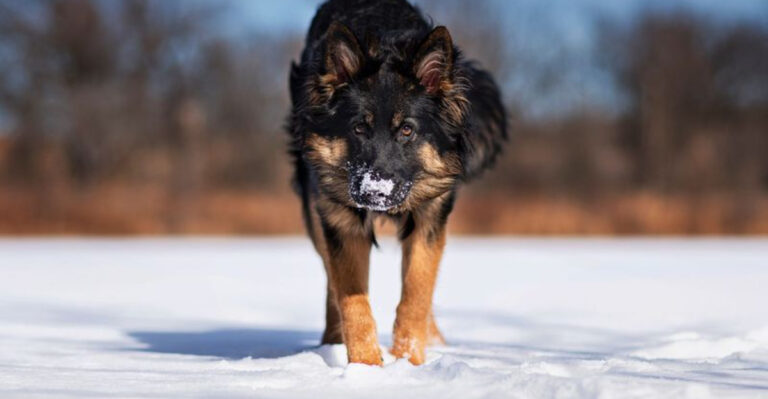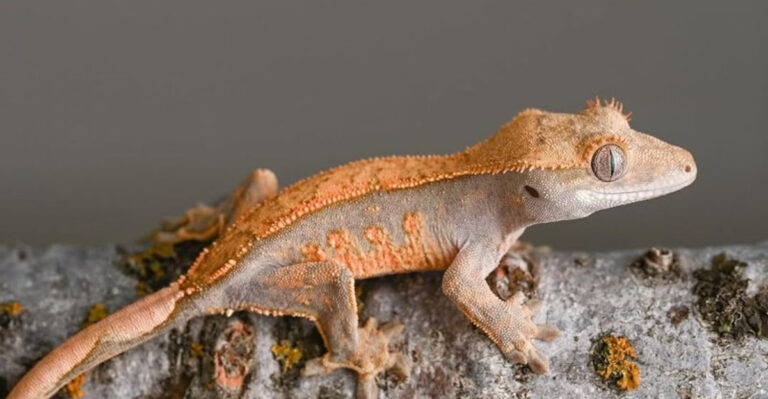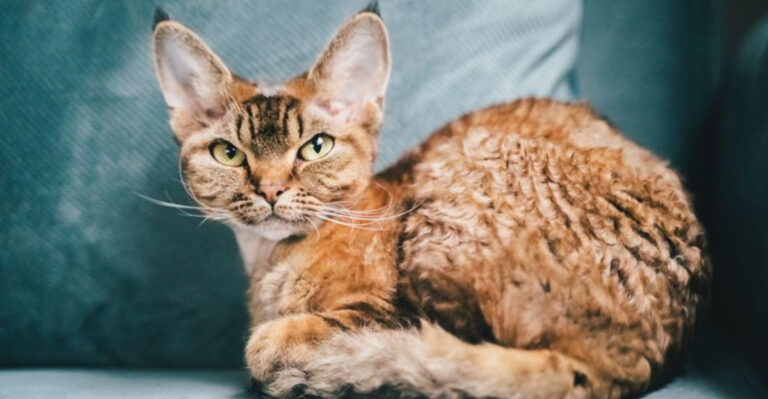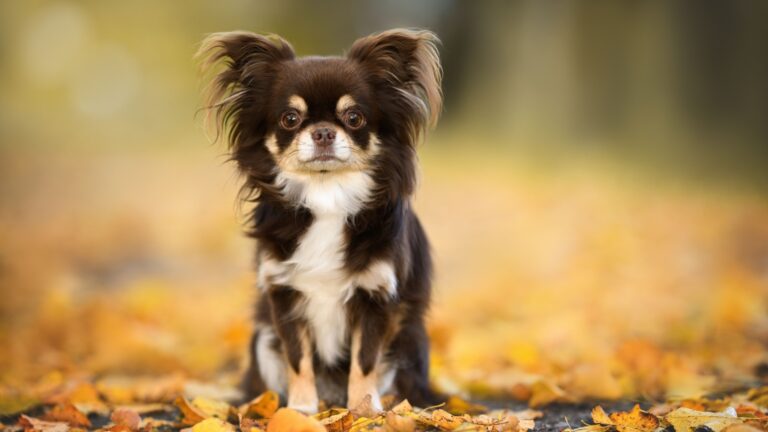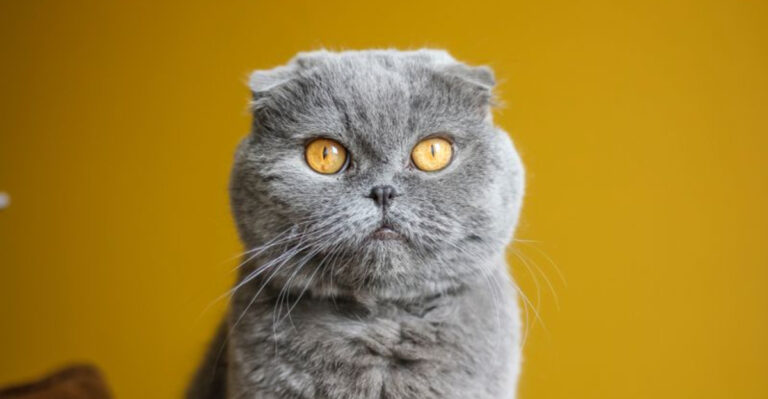The 15 Costliest Dog Breeds To Care For
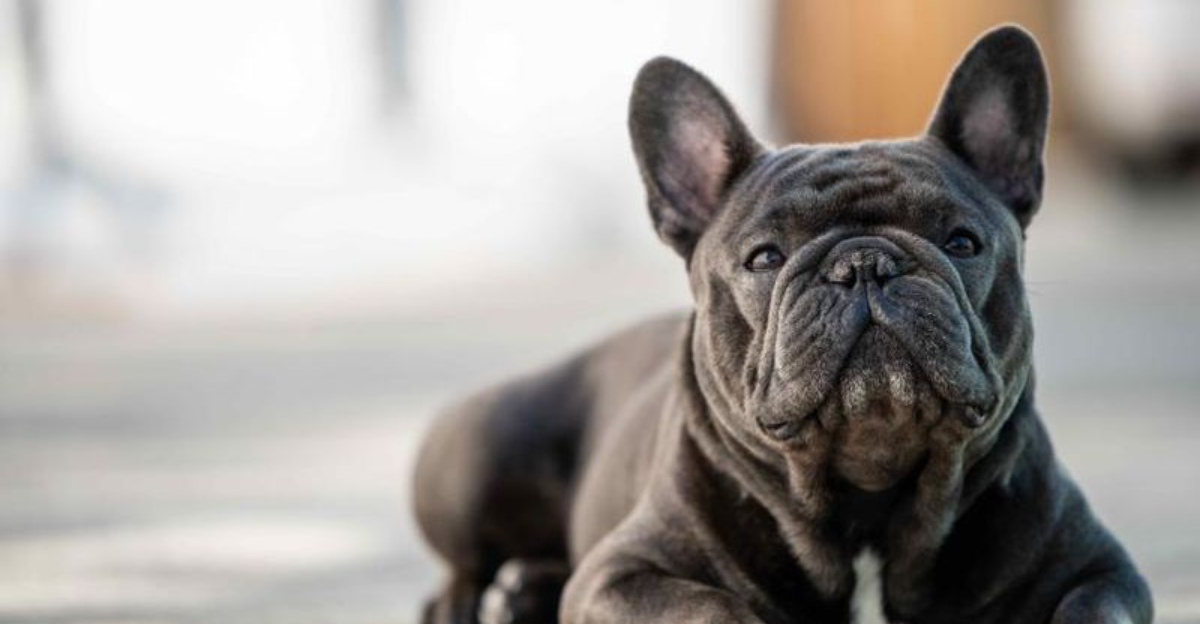
Ever wondered which furry friends might leave your wallet feeling lighter? Some dog breeds come with price tags that extend well beyond their initial adoption fees.
From specialized healthcare needs to grooming expenses and dietary requirements, certain pooches require financial commitments that might surprise potential pet parents.
1. Samoyed’s Fluffy Maintenance
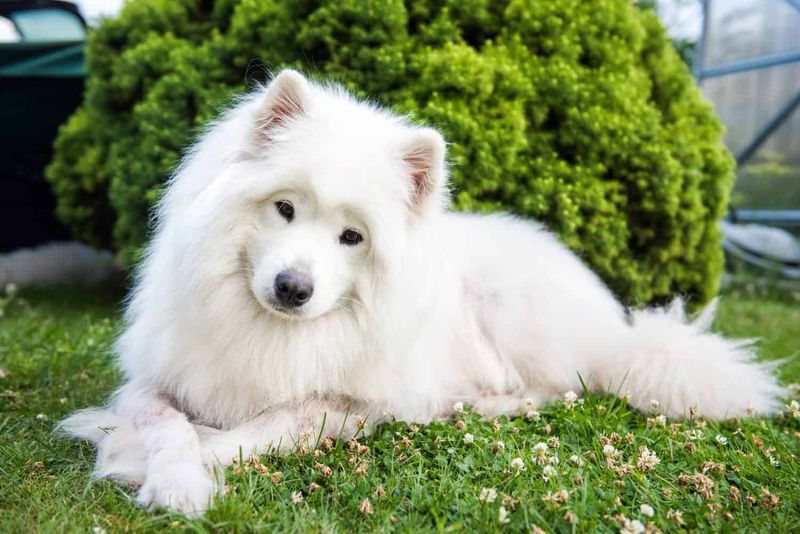
That gorgeous cloud-like coat comes with a hefty price tag! Samoyeds need professional grooming every 4-6 weeks, costing up to $100 per session.
Their thick double coat also leads to higher cooling bills in summer months. Plus, they’re prone to expensive health issues like hip dysplasia and heart problems that can quickly add up.
2. French Bulldog’s Medical Bills
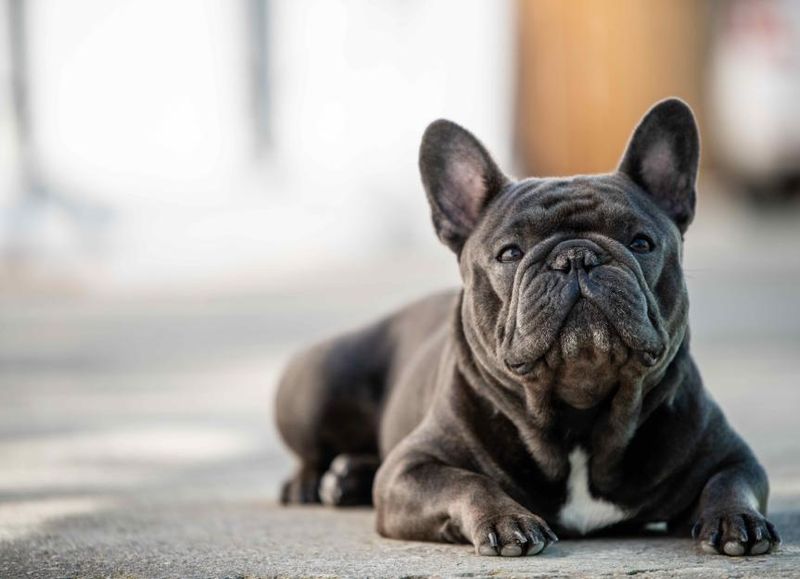
Behind those adorable bat ears hides a mountain of potential vet bills! Frenchies often struggle with breathing problems due to their flat faces, requiring specialized veterinary care.
Many need surgery for their airways, costing thousands. Add in skin allergies, spinal issues, and eye problems, and you’re looking at medical expenses that can reach $20,000 over their lifetime.
3. Chow Chow’s Costly Care
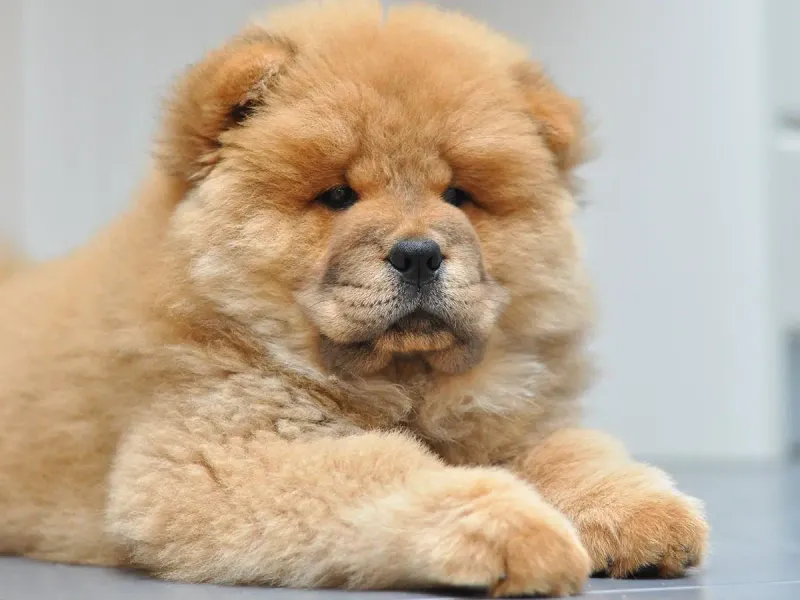
Those lion-like manes demand royal treatment! Chow Chows require intensive grooming sessions that can cost $90+ every month, especially during shedding seasons.
Your air conditioning bill will spike too, as these fluffy giants overheat easily. Factor in their stubborn personalities that often need professional training ($50-100 per session) and specialized health screenings for eye and joint issues.
4. English Bulldog’s Ongoing Expenses
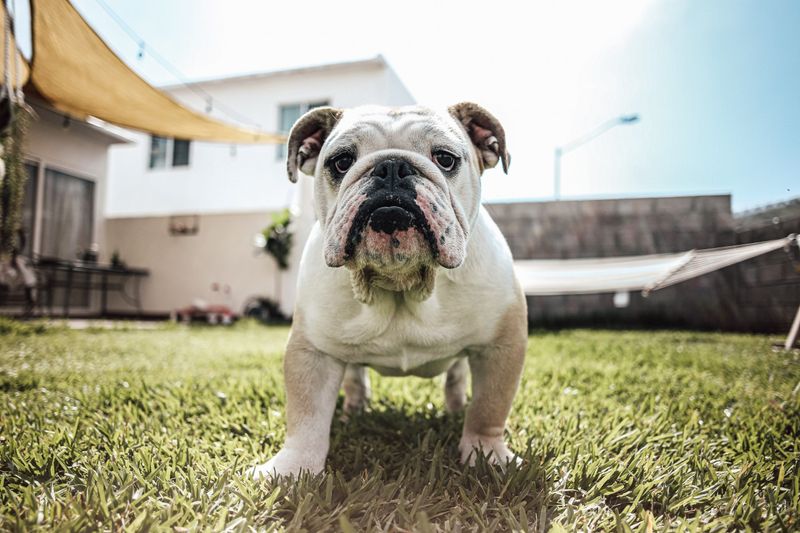
Looking like they’ve run face-first into a wall comes with financial consequences! English Bulldogs frequently need special diets to manage weight and allergies, costing 30% more than standard dog food.
Regular wrinkle cleaning prevents costly skin infections. Many owners spend thousands on surgeries for breathing issues, hip problems, and cherry eye, making these lovable tanks budget-drainers.
5. Great Dane’s Giant Budget
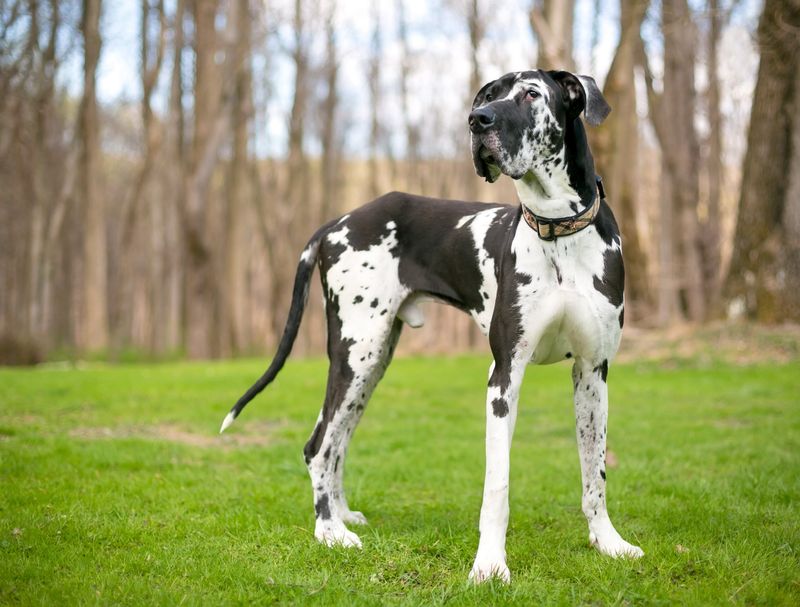
Everything’s supersized with these gentle giants—including the bills! Great Danes can eat up to 10 cups of premium food daily, costing over $100 weekly.
Their massive size means larger doses of medications and preventatives. Custom beds run $200+, and many develop heart issues or bloat requiring emergency surgery that can cost $5,000+. Even their collars and leashes come with jumbo price tags!
6. Rottweiler’s Protection Price
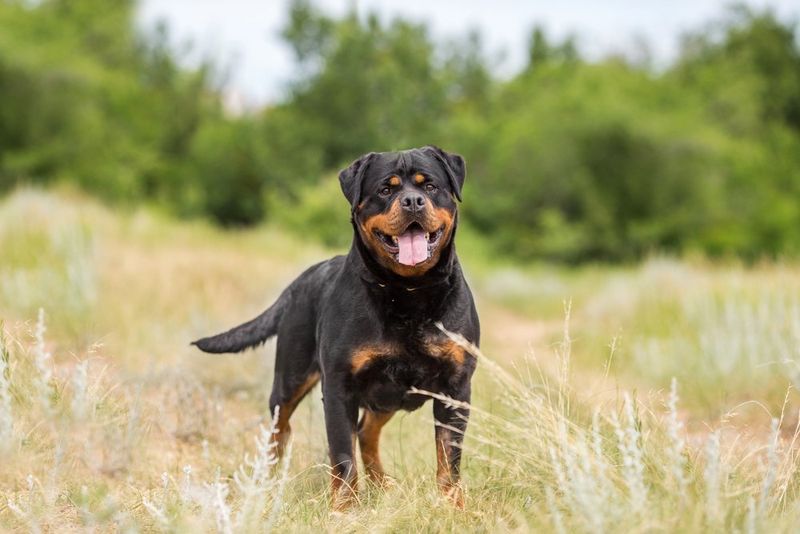
Guard dog capabilities come with guard-sized expenses! Rottweilers need extensive training from puppyhood, with professional classes running $500-1,000 for basic courses.
Their powerful bodies are prone to joint issues, often requiring supplements ($40+ monthly) and eventual surgeries. Insurance companies charge premium rates for this breed, and their hearty appetites mean food costs of $70-100 weekly for quality nutrition.
7. Bernese Mountain Dog’s Brief Lifespan
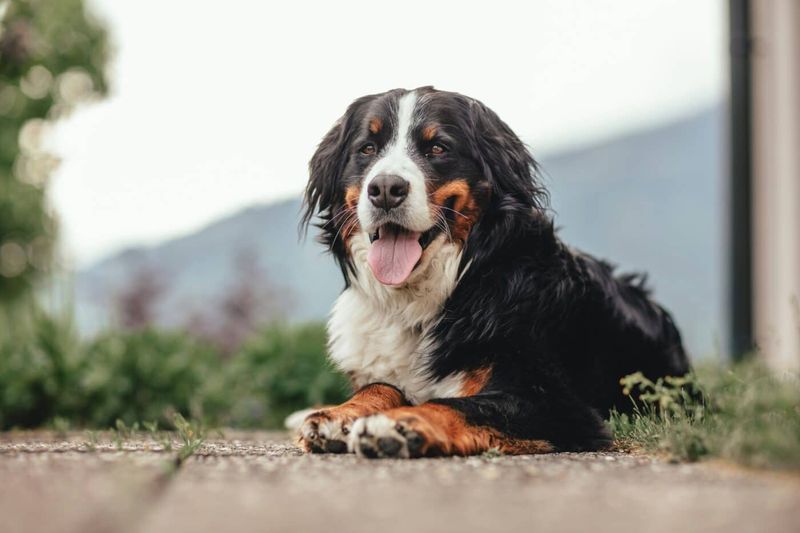
Heartbreakingly short lifespans make these gentle giants financially challenging. With an average life of just 7-8 years, their per-year costs feel magnified.
Cancer rates are extraordinarily high, with treatments easily exceeding $10,000. Their thick coats need regular grooming ($80+ monthly), and joint supplements become necessary early. Many owners invest in genetic testing ($200+) to identify potential health issues.
8. Tibetan Mastiff’s Luxury Living
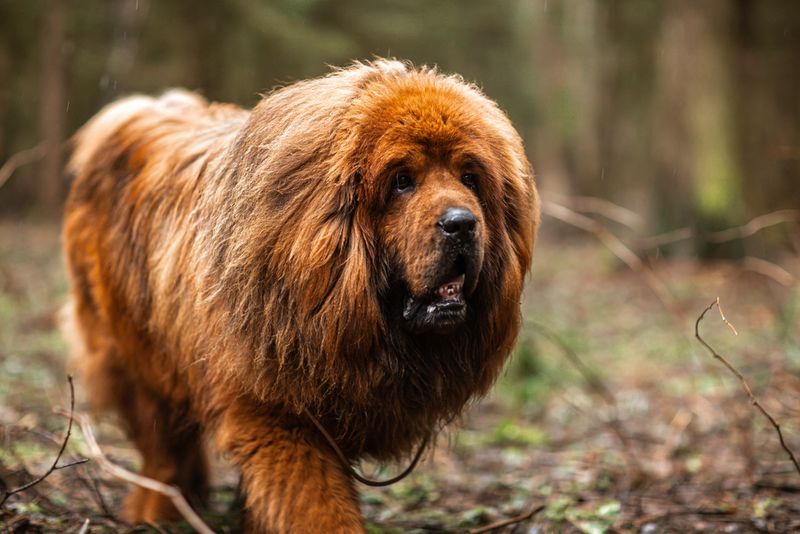
Once sold for $1.5 million, these majestic beasts continue demanding royal treatment throughout their lives! Their massive coats require specialized grooming equipment and professional help, especially during seasonal blowouts.
Weighing up to 150 pounds, their food costs can exceed $2,500 annually for quality nutrition. Their territorial nature often necessitates reinforced fencing and property modifications that can run into thousands.
9. Shar-Pei’s Wrinkly Woes
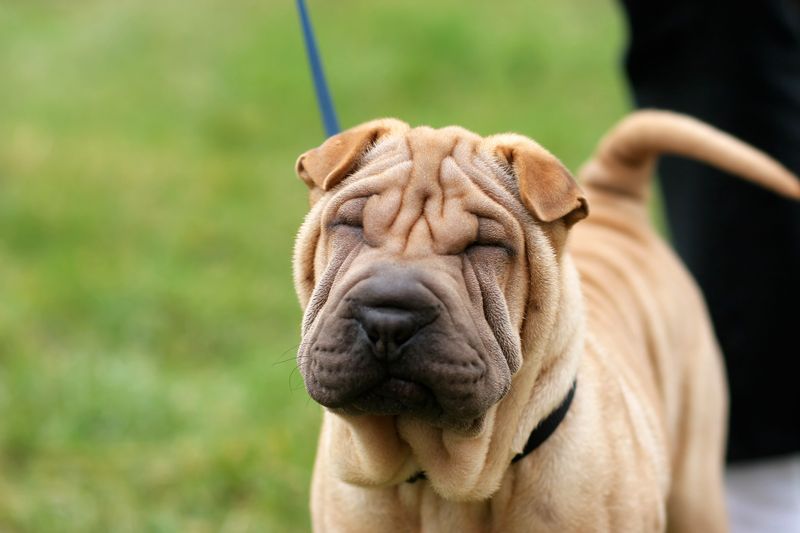
Those adorable wrinkles hide a world of expensive problems! Shar-Peis need daily fold cleaning to prevent infections, requiring special solutions ($25+ monthly). Many develop a condition called Shar-Pei Fever, requiring lifelong medication.
Skin allergies are extremely common, often leading to specialized diets ($100+ monthly) and dermatology visits ($200+ each). Their stubborn nature also means training investments add up quickly.
10. Irish Wolfhound’s Appetite
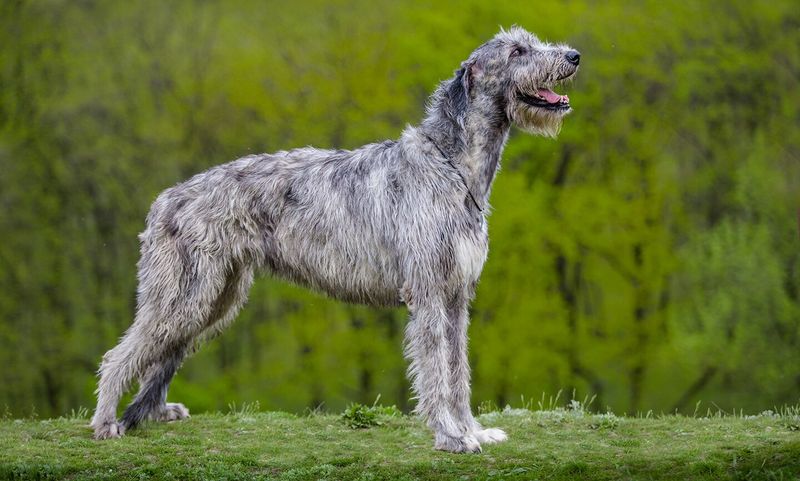
Standing nearly 3 feet tall, these historic giants have appetites that match their legendary status! Owners report food costs of $120-200 weekly for quality nutrition to maintain their massive frames.
Heart problems plague the breed, requiring regular cardiac screenings ($300+ annually). Their short 6-8 year lifespan means compressed healthcare costs, and their size requires specialized equipment from vehicles to crates, all with premium price tags.
11. Löwchen’s Luxury Lifestyle

Known as “Little Lion Dogs,” these rare pups come with aristocratic maintenance needs! Their traditional lion cut requires professional grooming every 4-6 weeks at specialty salons, often costing $100+ per session.
With fewer than 300 registered annually worldwide, finding reputable breeders means higher purchase prices ($3,000-8,000). Their rarity also means finding specialized veterinary care can be more expensive when breed-specific issues arise.
12. German Shepherd’s Training Investment
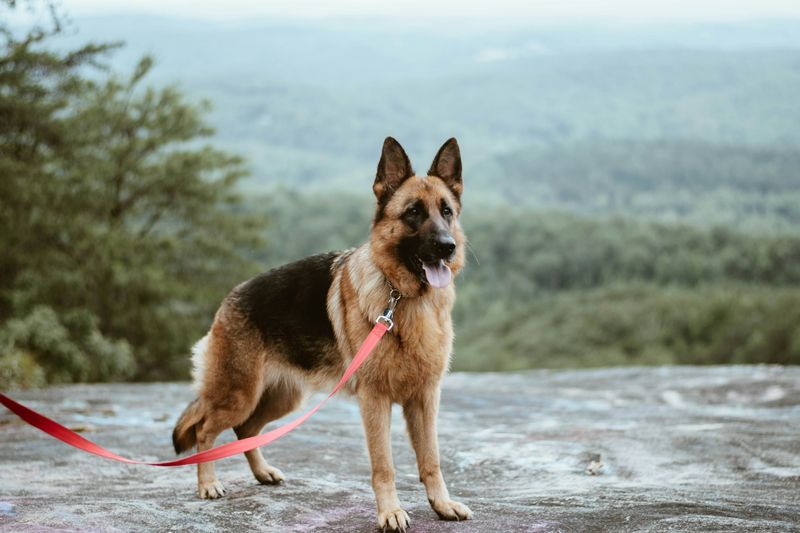
Smart enough to perform complex tasks means these working dogs need mental challenges that cost real money! Many owners spend $1,000+ on professional training to harness their intelligence properly.
Hip and elbow dysplasia are unfortunately common, with surgeries running $3,000-7,000 per joint. Their thick double coats shed enormously twice yearly, requiring professional grooming help ($75+ per session) and specialized home cleaning equipment.
13. Basset Hound’s Hidden Expenses
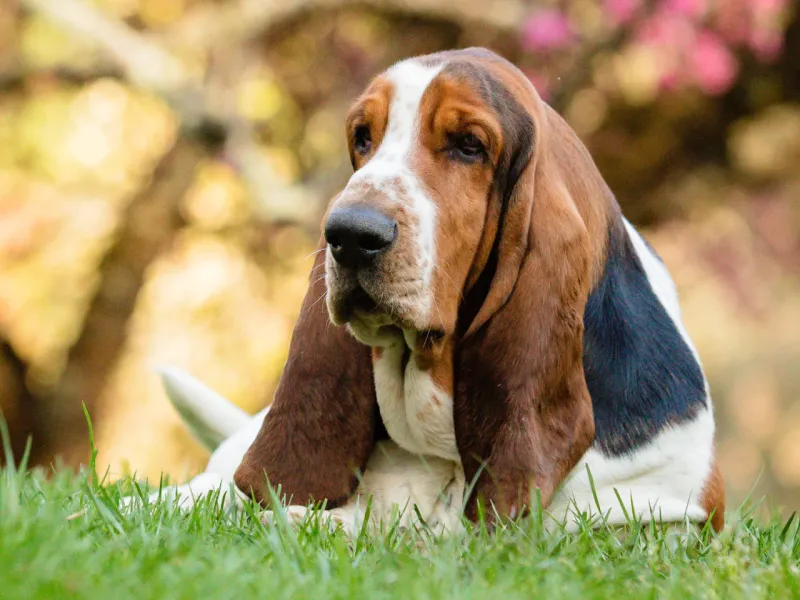
Those long ears and sad eyes hide some serious financial commitments! Basset Hounds are prone to chronic ear infections, requiring weekly cleaning and frequent vet visits ($200+ each). Their low-hanging bodies lead to back problems that often need specialized care.
Many develop obesity-related issues requiring prescription diets. Don’t forget those wrinkles needing regular cleaning to prevent smelly skin infections that can lead to costly treatments.
14. Newfoundland’s Supersized Needs
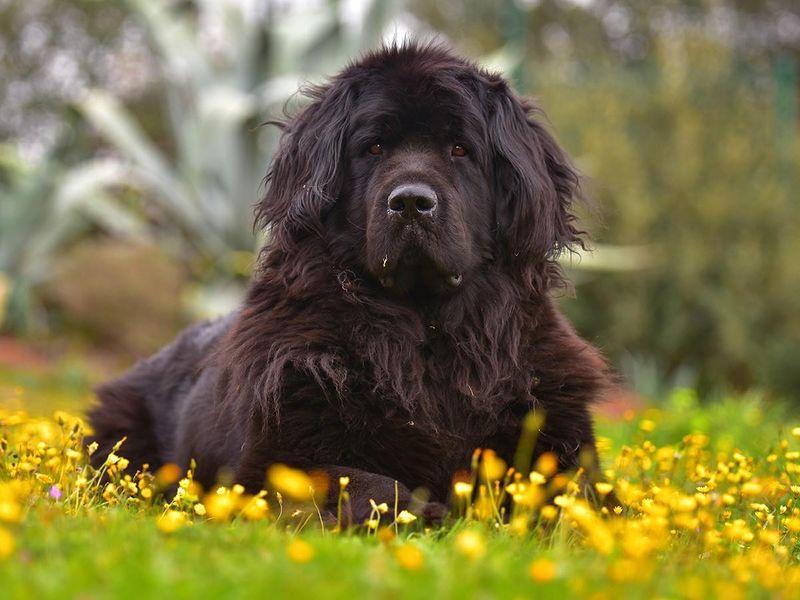
Gentle giants with drool to match! Newfoundlands can consume 4-5 cups of premium food twice daily, creating annual food costs exceeding $2,000. Their water-resistant double coats need professional grooming ($100+ monthly) to prevent painful matting.
Many owners install special washing stations ($500+) just for dog baths. Factor in drool-management supplies, joint supplements, and large-breed specific healthcare, and budgets quickly balloon.
15. Akita’s Specialized Care
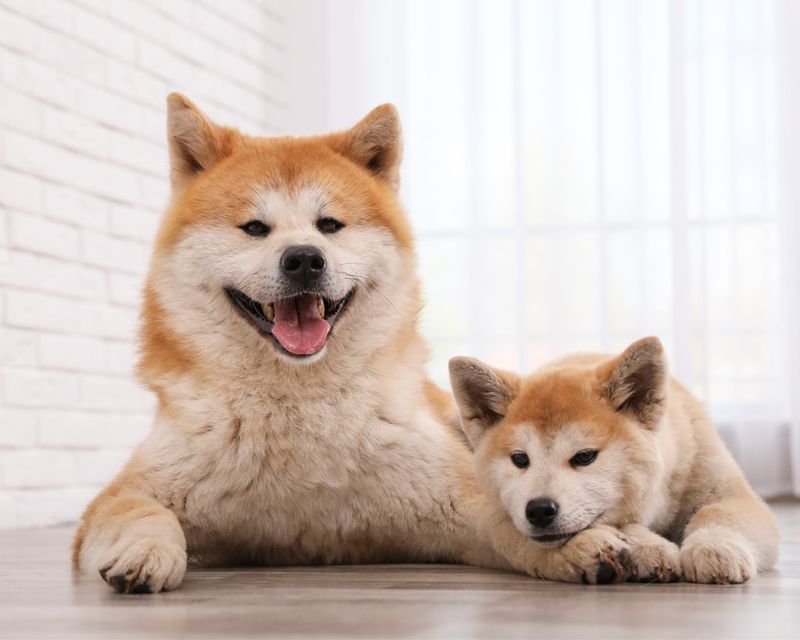
Loyalty comes at a premium with these Japanese nobles! Akitas often develop food allergies requiring specialized diets that can cost $100+ monthly, significantly more than standard options. Their thick double coats blow out seasonally, requiring professional help ($80+ per session).
Many develop autoimmune disorders requiring lifelong medication. Their strong-willed nature means professional training is practically mandatory, adding $500-1,000 to first-year expenses.

